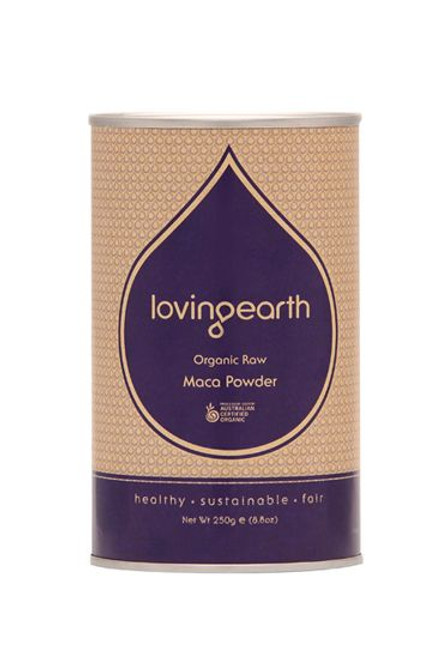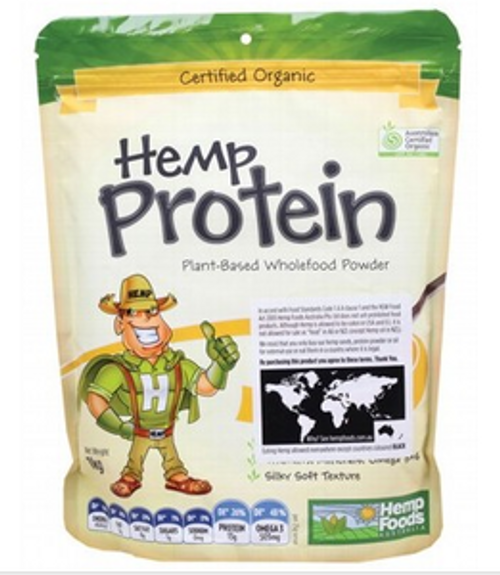What is it?
It looks like a grainy cereal, it sounds like some kind of wheat – but surprisingly enough, buckwheat is none of those. It is actually the seed of a fruit. In fact, buckwheat is not related to wheat at all, it comes from the sorrel, knotweed and rhubarb family.
Buckwheat has been a popular staple for thousands of years. There are remains found in China and Japan that go back to 4000 BC. This is around the same time it was documented in Europe as well. Some believe domestication and cultivation of buckwheat might go all the way back to 6000 BC!
One of the distinguishing features of buckwheat is that it does not contain any gluten thus making it a great alternative for people with an intolerance to it. It has a high protein content, has all essential amino acids and is especially high in Lysine, Tryptophan and Arginine. This is particularly important since the body cannot produce essential amino acids on its own and depends entirely on food sources to get them.
To activate buckwheat, we soak it, wash and rinse it, then dehydrate it at low temperatures (under 40 degrees celcius). This allows for easier digestion and absorption of nutrients.
Plain Buckinis have no flavouring and are simply activated buckwheat.

 100% Natural
100% Natural  The very Best Quality
The very Best Quality  Get Help With
Get Help With  Fast AU Shipping
Fast AU Shipping 





